Mercyangiography.co.nz
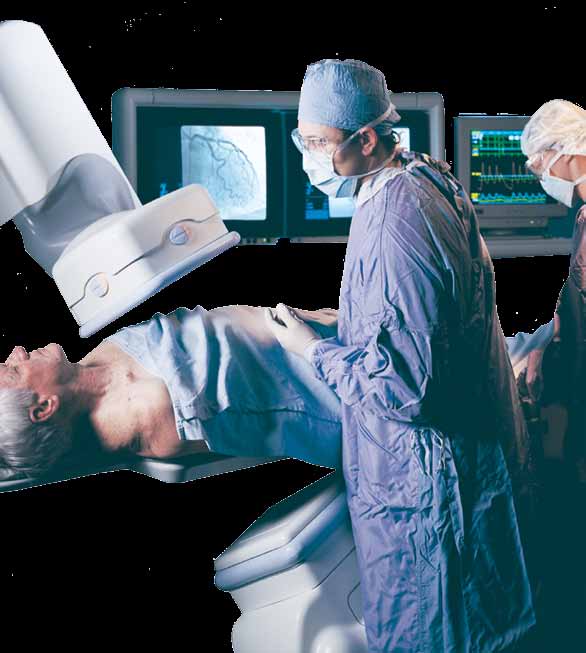
Coronary angiography
and Percutaneous Coronary
Intervention (PCI) A patient's guide

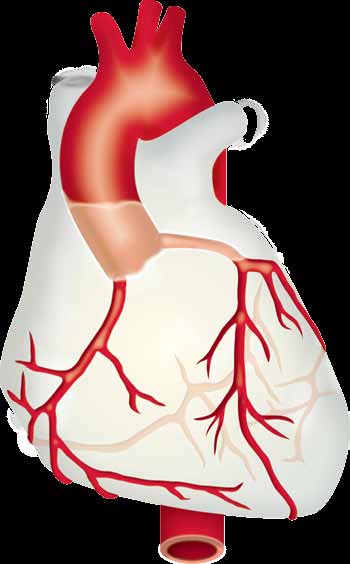
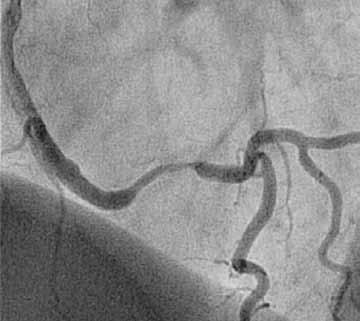
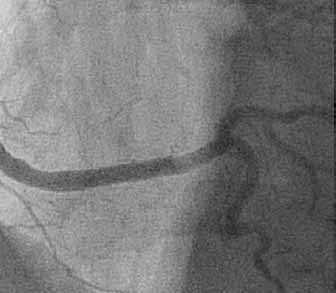

What is coronary angiography?
What does coronary angiography show?
Coronary angiography is an x-ray examination of the coronary arteries which are the tubes a few millimetres wide that lie on the outside surface of the heart, taking blood to the heart muscle. Just as an engine needs petrol, the heart needs blood to do its job of pumping blood around the body. Slow build-up of fatty plaque within the artery wall can cause the artery to narrow, leading to reduced
• A patient's guide
blood flow. Sudden changes in the plaque may cause angina to worsen or may cause a
heart attack. Other tests performed during the coronary angiogram include measuring pressures within the heart chambers, checking function of some of the valves and checking how well the heart muscle is pumping.
Narrowing (stenosis) in the right coronary artery.
Percutaneous Coronar
The narrowing was treated by placement of a stent (a mesh tube) to restore normal artery diameter.
Coronary angiography will show if there are narrowings or blockages of coronary arteries. Angiography shows where and how severe the blockages are in order to plan further treatment if necessary.
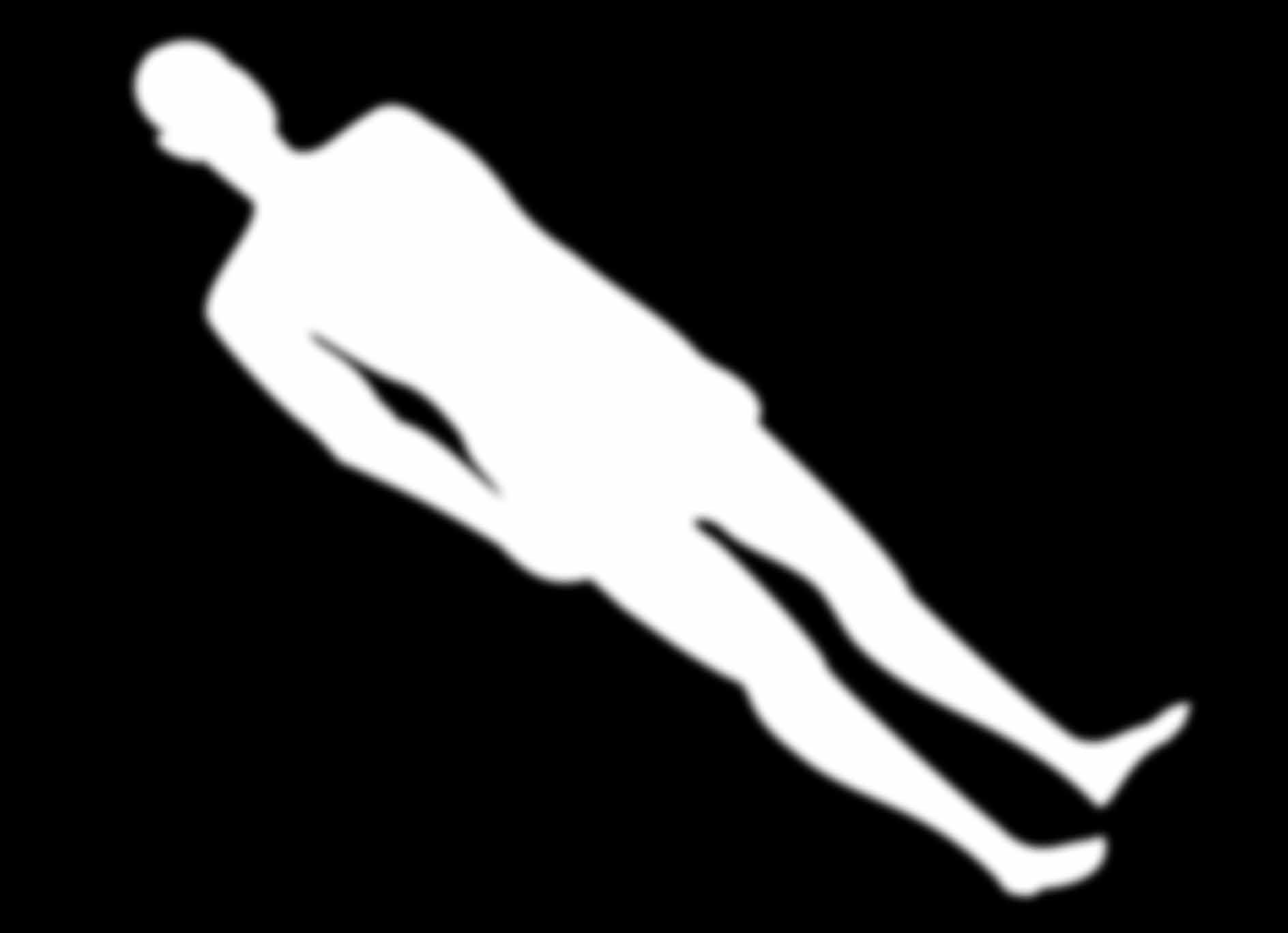
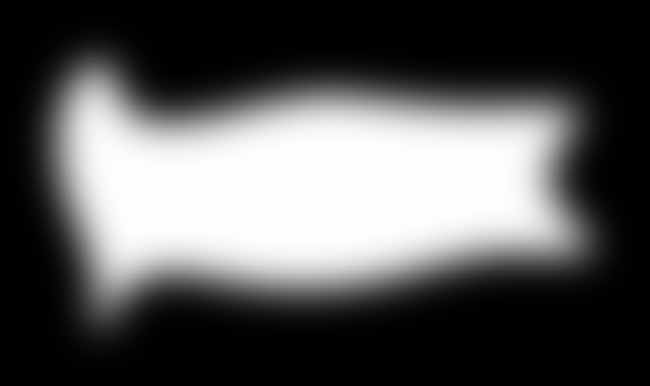
What is Percutaneous Coronary Intervention (PCI or sometimes
Where are coronary angiography and PCI carried out?
called coronary angioplasty)?
Coronary angiography is carried out in an angiography suite ("catheter lab") at Mercy Angiography
Percutaneous Coronary Intervention (PCI) means ways of opening up narrowings in coronary arteries
within the Mercy Hospital, 98 Mountain Road, Epsom, Auckland. Your cardiologist will be assisted by
using fine tubes called catheters, introduced from the wrist or groin. Severe narrowings may be
nurses and other highly trained staff. An intravenous catheter (IV line) for administration of fluids and
treated with stents (fine mesh tubes).
medication will be inserted into a vein on the back of your hand or in your arm.
• A patient's guideI)
How are coronary angiography and PCI performed?
You will be awake during the procedure and may be lightly sedated. A tiny plastic tube called a
catheter is introduced under local anaesthesia into your wrist or groin artery. You should not feel
pain at the entry site, but there still may be some non-painful sensations, such as pressure. Your cardiologist watches the catheter on an x-ray screen as he/she passes the tip of the catheter to one of
the coronary arteries. A special fluid (contrast or dye) that is visible on x-ray imaging is injected into the coronary arteries and movie pictures of the arteries are recorded on the computer. When contrast is injected into the left ventricle (pumping chamber), you will feel warm all over for a few minutes.
If any suitable narrowing is found in the coronary arteries, your cardiologist may then proceed to treat the lesion with a stent. Through a guiding catheter, a wire about the thickness of a hair is passed
Percutaneous Coronar
across the narrowing. A stent (a fine mesh tube that comes squashed down on a balloon) is directed across the narrowing by the wire. The balloon is inflated to expand the stent and artery. The stent is pushed into the artery wall holding the artery open. The balloon is deflated and removed leaving the
expanded stent in place. Once expanded the stent cannot move.
Through the guiding catheter, a wire about the thickness of a hair is passed across the narrowing.
Drug eluting stents
These stents are coated with a medication to abolish or substantial y reduce the chance of
renarrowing and the need for repeat treatment.
• A patient's guideI)
A stent (a fine mesh stainless steel tube that comes squashed down on a balloon) is directed across
the narrowing by the wire.
Bioresorbable scaffolds (stents)
These are drug eluting stents that do their job and then dissolve. An artery only needs support for
Percutaneous Coronar
about three months and after this a permanent stent is unnecessary and may be disadvantageous. An analogy is that if you break your arm, the plaster cast is kept on only until the bones have healed, not for the rest of your life. While metal drug-eluting stents are excel ent, a resorbable stent may be
The balloon is inflated to expand the stent and artery. The stent is pushed into the artery wall holding
a step forward.
the artery open.
Not all patients may be suitable for resorbable stents. Mercy Angiography Cardiologists led by
Dr John Ormiston have been in the forefront of international research on these.
What will I feel during the procedure?
You will be lightly sedated but awake throughout. You will feel the local anaesthetic injection into the
wrist or groin region. You may feel discomfort similar to your usual angina when the stent is being
deployed. You should tel your interventional cardiologist if you are experiencing any pain. Usually
people have little or no discomfort. Severe pain is very rare.
The balloon is deflated and removed leaving the expanded stent in place. Once expanded the stent cannot move. For some patients the artery is widened by the balloon alone.
What happens after the procedure?
What are the risks?
• The catheter is removed from your artery and pressure applied.
• Coronary angiography and PCI are common procedures and serious complications are uncommon.
• Your cardiologist will discuss the findings with you while you are in hospital or at a follow-up
• A small amount of bruising at the catheter entry point is relatively common. This usually is not
clinically important unless it becomes more painful.
• After coronary angiography, patients are usually discharged the same day but may stay overnight
• A patient's guideI)
• For procedures from the groin, sometimes a "false aneurysm" or out-pouching of the groin artery
• If you go home on the day of the procedure, someone should stay with you that night.
deep under the skin occurs at the puncture site. This shows up as increasing pain at the puncture
• You will usually be able to return to work the day after angiography but this depends in part on
site. The diagnosis is made by an ultrasound test and treatment is usually by an injection.
the result of your angiogram.
• Abnormal or irregular beating of the heart may occur but is usually brief and easily treated.
• You should not drive on the day of the angiography procedure, so you will need to have
• An allergic reaction to the x-ray contrast (dye) with rash or itching sometimes occurs.
someone drive you home. You cannot go home alone in a taxi.
Exceptionally rarely a very severe life-threatening allergic reaction can occur.
• If you have percutaneous coronary intervention (PCI), the Land Transport Safety Authority says
• A heart attack is a very rare complication.
you should not drive for 48 hrs after the intervention.
• The x-ray contrast may cause some damage to kidneys that is usually temporary. It is more common
How should I prepare for the procedure?
in those patients who already have damaged kidneys or who suffer from diabetes.
Mercy Angiography office staff will arrange your admission time (usually two hours before the
• Infection is very rare.
• If you have chest pain in hospital after the PCI you should report this. Most chest pain turns out to
Percutaneous Coronar
Fasting. You may eat until two hours before admission, then you should not have anything to eat.
be unimportant. Occasionally pain is due to clot reducing blood flow in the stent.
You may continue to drink clear fluids.
• Uncommonly during a PCI the artery becomes worse rather than better, so very rarely urgent
Allergies or previous reactions to contrast (x-ray dye). Please tell staff at the time of booking if
bypass surgery is needed.
you have any history of these.
• Rarely there may be damage to the heart muscle.
Diabetes. If you are a diabetic you should tell the Mercy Angiography staff at the time of booking. You
• Stroke or death is very rare.
may need to discuss your insulin dose with your cardiologist.
• Rarely a drug eluting stent will renarrow and may need to be treated again.
Warfarin or Coumadin. If you are taking Warfarin (a "blood thinner") you should make this known
to Mercy Angiography staff at the time of booking. It is likely that you will need to stop this medication temporarily for a few days before the procedure.
Other usual medications. Continue these unless advised otherwise by your cardiologist.
In particular, please continue taking your aspirin.
Please bring with you any medication and any recent blood test results or chest x-rays.
You may bring a favourite music CD, as this can be played during the procedure.
You are encouraged to bring a friend or family member.
Discharge information
Medication. Your cardiologist will discuss with you what medication you should take. Patients
Our website contains more information, pictures and videos that you might find useful prior to visiting
should take aspirin indefinitely. After PCI, you should take one Clopidogrel (Plavix) tablet daily as
Mercy Angiography.
long as your cardiologist recommends.
Exercise. You should build up activity gradual y so that in about a week you are back to full activity.
• A patient's guideI)
For the first few days, to reduce the chance of groin problems, you should be careful with lifting. It is
How do I contact Mercy Angiography?
a good idea to develop a regular exercise programme such as walking, cycling, or swimming briskly enough to make you slightly short of breath for half an hour most days of the week.
98 Mountain Road
Return to work. Most patients can return to desk jobs within a few days. For the first day back at
work, some people prefer to work a part day. If your job involves hard physical work, you may need
more than a week off work.
It is extremely important to stop smoking.
Many people cannot control their blood cholesterol by diet because their bodies make too much
cholesterol. It is important for these people to have medication to lower cholesterol.
If you have concerns in the first few days, contact your interventional cardiologist.
Percutaneous Coronar
In the unlikely event of you having severe pain lasting more than 20 minutes, call an ambulance.
Follow-up. You will need to visit your general practitioner. You should make an appointment to see
After hours urgent contact
your usual cardiologist 1-4 weeks after PCI.
Answers to other commonly asked questions
Email [email protected]
• A stent will not set off alarms at the airport.
• Very rarely, because of blood leakage from the PCI site, it is necessary to drain blood from the
sack around the heart (pericardial space).
• Once in place, a stent cannot move.
• It is very uncommon for cholesterol to break off from the PCI site and pass downstream.
Where do I go?
You should go to the Admissions Desk on the ground floor of the main building of Mercy Hospital,
98 Mountain Road, Epsom, Auckland.
Please view our website at www.mercyangiography.co.nz
• A patient's guideI)
which contains comprehensive patient information, a virtual
tour of our facility, procedure
videos and all important contact
You can call us on 09 630 1961, or
out of hours on 027 482 0763.
For international callers dial
+64 9 630 1961, or
out of hours on +64 27 482 0763.
Percutaneous Coronar
You will be taken from Admissions to CIU (Cardiac Investigation Unit) which is an open plan ward, designed to allow for patients to have a high level of observation and safety.
The direct telephone line for CIU for use during the day of your procedure is 09 623 5752.
Source: http://www.mercyangiography.co.nz/site/mercyangiography/files/pdfs/Coronary_Angiography%20&%20PCI%20(AUG-12).pdf
Layout
A. Les McDonald, Founding CNAC Executive Director (Editor's Note: The following article appeared in the Globe & Mail "Lives Lived" section on April 3, 2008. It waswritten by Les' good friend, Ron Jette. I am pleased to share it with you. It's hard for me to believe it has already beensix months. Ron really captured Les' spirit and made me hear my good friend's laugh one more time.Thanks Ron. – Cheryl)
chiropteres-morbihan.n2000.fr
Impact des pratiques agricoles sur la sélection alimentaire des Chiroptères Éléments de réflexion à la conservationd'une colonie de Grand Rhinolopheen système de polyculture élevage.Colonie du Pin, Montournais (85) Introduction . 2 Les coléoptères coprophages . 3 • Les différentes sous-familles de coléoptères coprophages